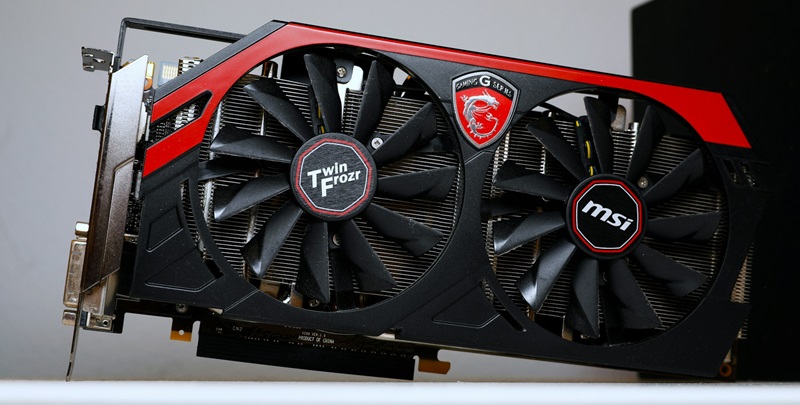The High Bandwidth Memory (HBM) market is projected to witness a staggering growth rate in the coming years, reaching a whopping US$4.976 billion by 2025. This represents an almost two-fold increase when compared to the figures achieved in 2023. HBM’s popularity primarily stems from its application in Artificial Intelligence (AI) Graphics Processing Units (GPUs), where it plays a critical role in enhancing performance and efficiency.
HBM’s role in the AI GPU market
HBM has emerged as a game-changer in the AI GPU market. AI applications require massive computational power, and HBM addresses the need for high bandwidth and low power consumption. Its unique architecture, characterized by stacking memory chips vertically, enables data to be transferred at a much faster rate between the processor and memory. This results in improved system performance, particularly in memory-intensive tasks such as AI computation.
Shortage of HBM due to demand for AI GPUs
The sudden rise in demand for AI GPUs has created a shortage of HBM in the market. As AI technologies continue to advance and gain widespread adoption, the need for AI GPUs equipped with high-performance memory solutions has skyrocketed. This surge in demand has put pressure on the supply chain, leading to challenges in meeting the HBM requirements of the industry.
Market Estimation by Gartner
Market researchers, such as Gartner, have conducted estimations based on the current and anticipated demand for HBM in the industry. Their projections indicate that the HBM market will experience substantial growth, driven by the increasing demand for AI GPUs. This estimation takes into account various factors, including technological advancements, market trends, and adoption rates across industries.
Major players in the HBM market
Samsung, SK hynix, and Micron have emerged as the dominant players in the HBM market. These industry giants have made significant investments in HBM technology, manufacturing high-quality memory solutions to cater to the growing demand. Their expertise in hardware design and production has positioned them as leaders in the market, constantly pushing the boundaries of HBM advancements to meet evolving customer needs.
Interest in Next-Gen HBM Processes
The industry has shown immense interest in next-generation HBM (high-bandwidth memory) processes. HBM4, in particular, has garnered significant attention as a promising advancement. With continued research and development efforts, HBM4 has the potential to further enhance memory performance, bandwidth, and power efficiency. These advancements would enable AI applications to achieve even greater computational capabilities and efficiency.
Shifting towards newer standards
As technology continues to evolve, the industry is shifting towards newer HBM (High Bandwidth Memory) standards. Manufacturers are exploring the adoption of HBM3e and HBM4, which offer improved performance and efficiency compared to earlier generations. These newer standards are poised to receive widespread adoption as manufacturers seek to optimize their AI GPU offerings and cater to the increasing demand for high-performance memory solutions.
Upcoming NVIDIA GPUs
Leading GPU manufacturer NVIDIA recently announced the H200 Hopper GPU, which is expected to see mass adoption in the coming year. With enhanced HBM technology, the H200 Hopper GPU offers improved memory performance, enabling the seamless execution of AI workloads. This GPU represents an exciting development in the HBM market, heralding a new era of high-performance computing.
HBM3 Memory Technology in NVIDIA GPUs
In line with their commitment to delivering cutting-edge technology, NVIDIA will incorporate HBM3e memory technology in their upcoming B100 ‘Blackwell’ AI GPUs. This next-generation memory technology promises advancements in bandwidth and power efficiency, elevating the performance capabilities of NVIDIA’s AI GPUs. With HBM3e, NVIDIA aims to provide customers with even greater computational power for their AI applications.
AMD’s next-generation GPUs and HBM
AMD, another prominent player in the GPU market, is also embracing the newer HBM types in their next-generation AMD Instinct GPUs. These GPUs will leverage the benefits of HBM, enabling superior data transfer speeds and increased bandwidth. AMD recognizes the invaluable role of HBM in driving advancements in their GPUs, catering to the growing demands of AI and other memory-intensive applications.
The HBM market is on an upward trajectory, with a projected worth exceeding $4.9 billion by 2025. The increasing demand for AI GPUs, coupled with advancements in HBM technology, has paved the way for this rapid growth. Industry players like Samsung, SK hynix, Micron, NVIDIA, and AMD are driving innovation and actively working towards delivering HBM solutions that optimize performance, power efficiency, and memory capabilities. As the industry continues to evolve and demand for AI computing solutions grows, HBM is poised to play a central role in shaping the future of high-performance memory technology.

